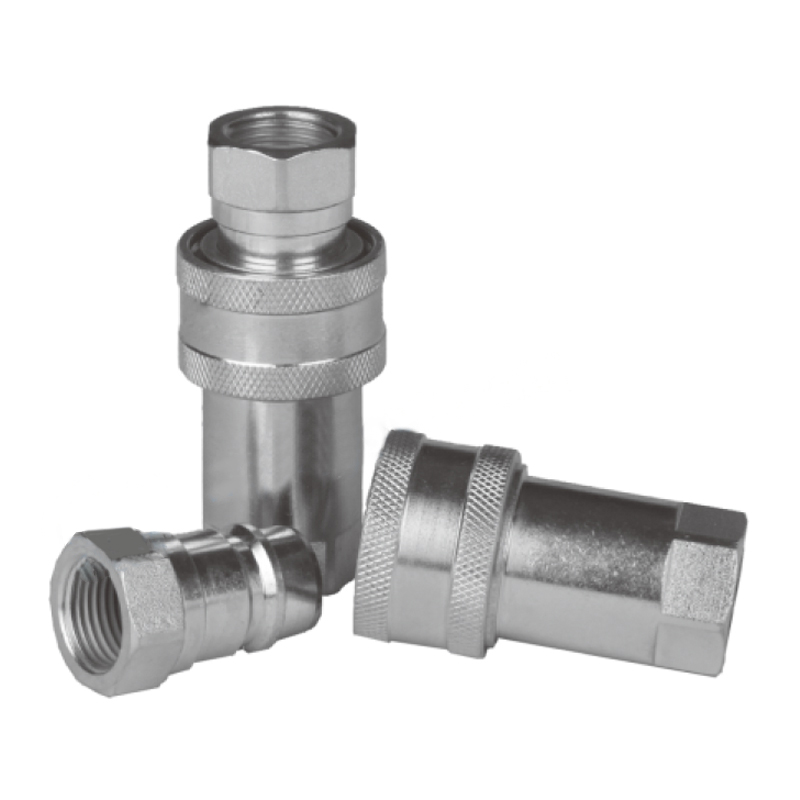Call us
+86-13732136622
+86-15058221666



The KZD steel internal thread medium pressure gas-liquid quick connector is a type of coupling designed to quickly and easily connect or disconnect th...
See Details
The KZE-B thread sleeve locked type high pressure hydraulic quick coupling is a type of hydraulic coupling that is designed for high-pressure applicat...
See Details
The GT-CVV manual thread locked type high flow hydraulic quick coupling is a type of hydraulic connector used to quickly and easily connect and discon...
See Details
The GT-1141 is a type of hydraulic quick coupling that is commonly used in fluid transfer systems. It features a brass thread locking sleeve and a sta...
See Details
● The smooth, open bore with no valving in either half offers minimal pressure drop and allows easy cleaning in appl-ications where the same lines are...
See Details
● Poppet valves avallable to prevent uncoupled leakage. ● Poppet valves open automatically when coupled, within rated working pressure, to keep the f...
See Details
● Poppet valves available to prevent uncoupled leakage. ● Poppet valves open automatically when coupled, within rated working pressure, to keep the f...
See Details
Applicable for the connectors between equipment of hydraulic pipe in superhigh pressure separate type.
See Details
Metal Parking Station For Socket GT-VF Series Quick Couplings.
See Details
The QKD156 single shut-off industrial steel air pneumatic quick coupling is a type of air fitting that is used to connect and disconnect pneumatic too...
See Details
Contact Us